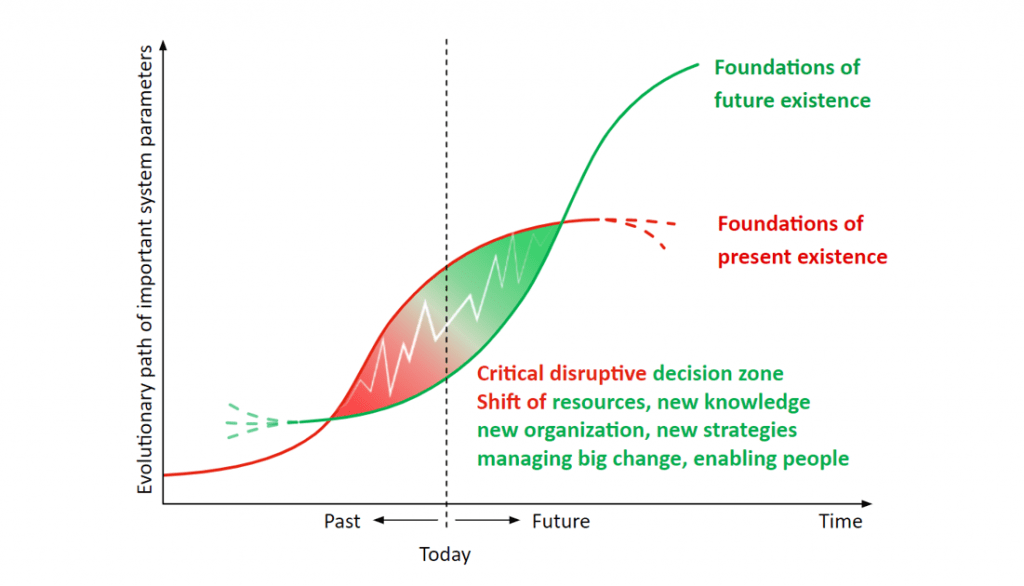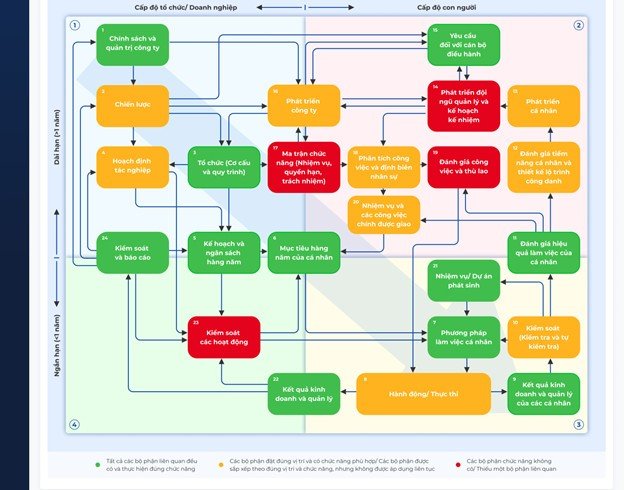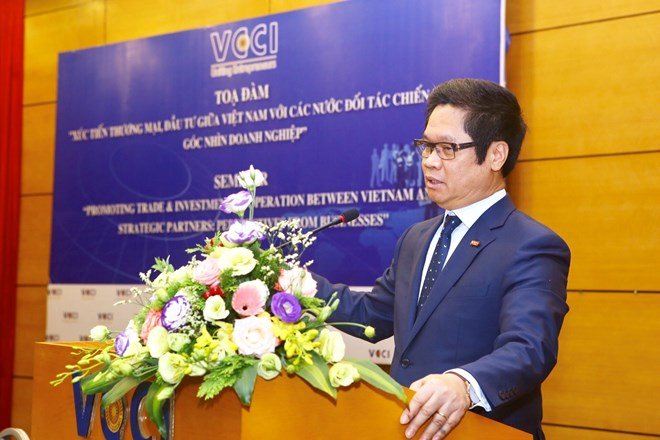
Steps for effective strategic transformation of businesses in the 21st century
The 21st century begins and continues with many complex and unpredictable events: from the 9/11 terrorist attacks in the US to the 2008 financial crisis and most recently the COVID-19 epidemic. These challenges seem to be becoming more and more pressing, so it’s urgent need for business managers to have an effective approach and management tools to help them overcome the crisis and create a strong foundation to breakthrough, especially outstanding success. In other words, strategic transformation is the essential thing that managers need to do to make a difference.
In the study published in 1997, Professor Fredmund Malik suggested that there will be a “Great Transformation” in the 21st century. Only in the first 20 years of the new century can we notice tendencies and events that confirm his research is correct. With the research of himself and his associates after more than 30 years of consulting and working with senior leaders of the world\’s leading corporations and companies, he has launched a set of tools and methods of integrated management which help businesses go through three methodical steps in strategic transformation: Positioning the present and redirecting the future, evaluating the management system comprehensively, and taking advantage of the collective intelligence to build a new strategy.
Assessing the current strategy and redirecting the future with the 2S-Curve model.
First and foremost, businesses need to acknowledge that each crisis will leave an indelible mark on the business environment (especially global crises like COVID-19), and managers must proactively transform strategies to adapt to the “new normal”. In particular, businesses must have the right goals and reasonable roadmap for restructuring rather than acting emotionally or following the crowd. The main objective of restructuring is to implement the business strategy. Strategy should be the destination of system restructuring. Therefore, businesses need to change their strategy in accordance with the 2S-curves model, or in other words, in the way of “buying boards, selling boats”.

(Source: Fredmund Malik, Effective Management in the Great transformation world, Thanh Nien Publishing, 2017)
Malik double S-curves help business position its current status and redirect the future. The uniqueness of this model is that it can identify 3 development strategies of one organization/business spontaneously: the red curve path (the current strategy), the green one (the future strategy), and the “intersection” (the transforming strategy) When defining the current strategy and the direction for the future and the results we gain, managers can have a comprehensive and inclusive perspective of the business strategy, thereby avoiding the recession which definitely happens if the business continue to follow the old strategy (the red curve)
Assessing comprehensively the governance system with MSA software
The next step for strategy transformation is assessing the governance system of the business in a comprehensive way. Governance system is the “backbone” of the business, based on which the business operates properly and effectively to achieve success.
Malik Institute has successfully researched and launched the Integrated Management System (IMS) with 24 essentials establishing the effective governance system, as well as the impact among elements in the system. This is the most adequate and comprehensive governance model used in enterprises. Prof Malik (2009) understands that complexity is the material for systems to evolve and develop over time, therefore, although IMS aims to simplify a complex system, this model does not make use of simplifying the management system, on the contrary, it will help managers understand their business in detail just through a picture.

MSA Software is the tool based on this model; with the cooperation between Malik Institute, Sleader and TMA Solutions company, MSA software is officially launched in June, 2021. By using this software, the member of the business will participate in evaluating each factors of the governance system, and the results will be the adequate model like the figure 2, thereby each managers are able measure the current strength of their businesses, define the strengths and factors which are considered to be the leverage in the system to continuously expanding the strategy in the future.
Promoting the effects of collective intelligence in future strategy building with Syntegration method
The final step for strategy transformation is building the new strategy, based on the foundations gained in the 2 previous steps. However, new strategy building is a crucial task of the organization, and it is difficult to implement effectively when there is merely the involvement of the senior managers. To optimize the future strategy, businesses need the participation of all key employees: from the leaders, managers to the professionals and employees who hold important positions in the organization.
In order to solve the puzzle of how to promote collective intelligence in the most effective way, Malik Institute has come up with the Syntegration technology. Syntegration is a method of optimizing meetings and discussions, making the most of the collective intelligence to find solutions addressing great challenges of organizations and businesses. The Syntegration Method is Europe\’s most modern management tool, the invention of which has been compared with the advent of the smartphone or non-invasive surgery. This method has been applied more than 1,000 times in businesses and organizations around the world, including big names such as Airbus, BMW, Volkswagen, Daimler, etc.
Figure 3: One of the activities in the Syntegration Session of GDC Corporation
In Vietnam, this method has been successfully applied at GDC Group. At the Syntegration session, step by step, from evocative to in-depth thinking, all members enthusiastically proposed to solve the common problems of the Group. Through the Syntegration, key officials have clearly seen their roles as insiders and co-authors of the Development Strategy as well as the solutions and implementation roadmap. Therefore, they trust, commit and agree to bring GDC Group to 5,000 billion in revenue and become Top 10 construction enterprises in Vietnam by 2025. This initial success contributes to affirming the importance of the Syntegration method as “an outstanding management tool that Vietnam lacks”.
Source and figures: Institute for Development Strategic Leader Research (Sleader)




